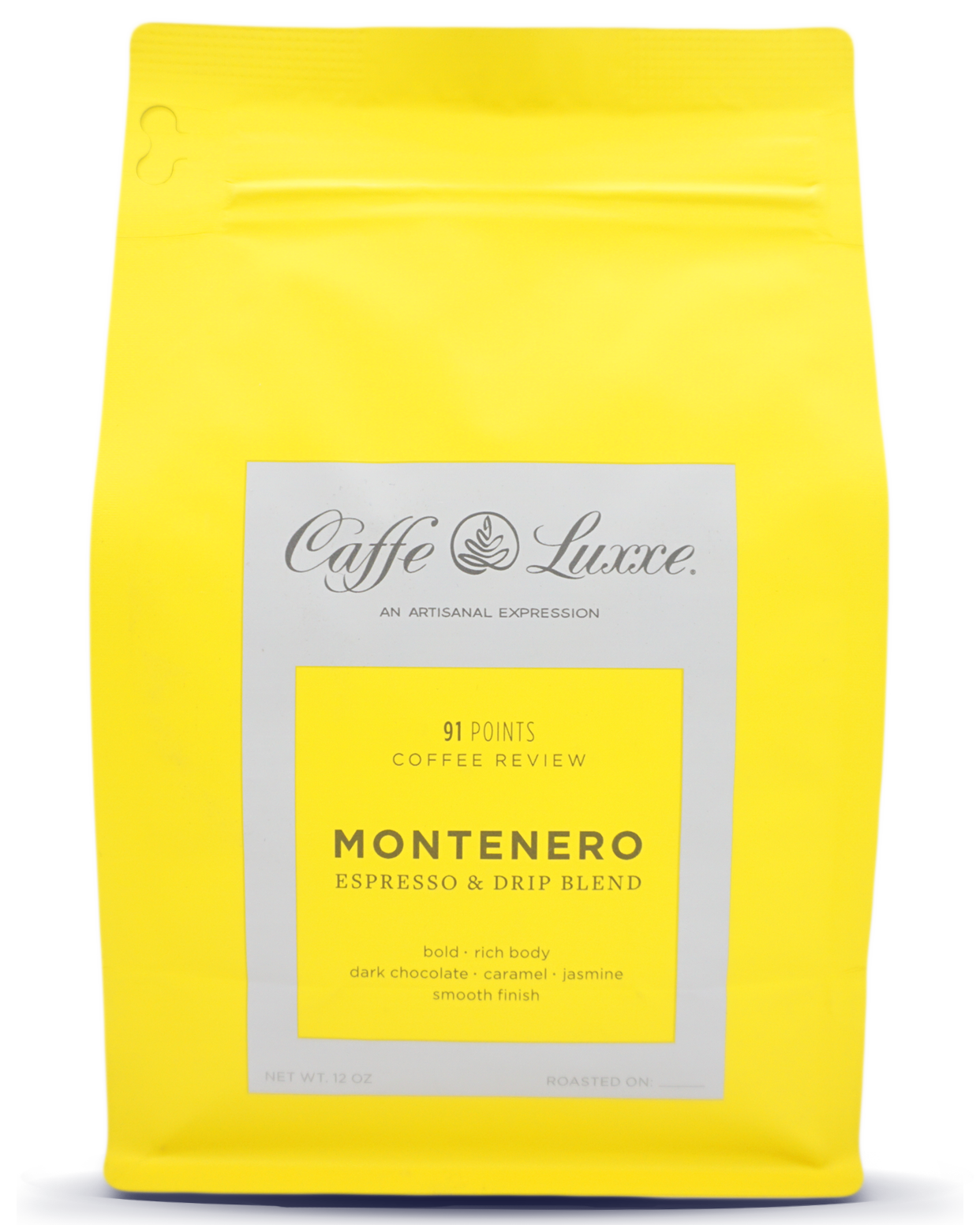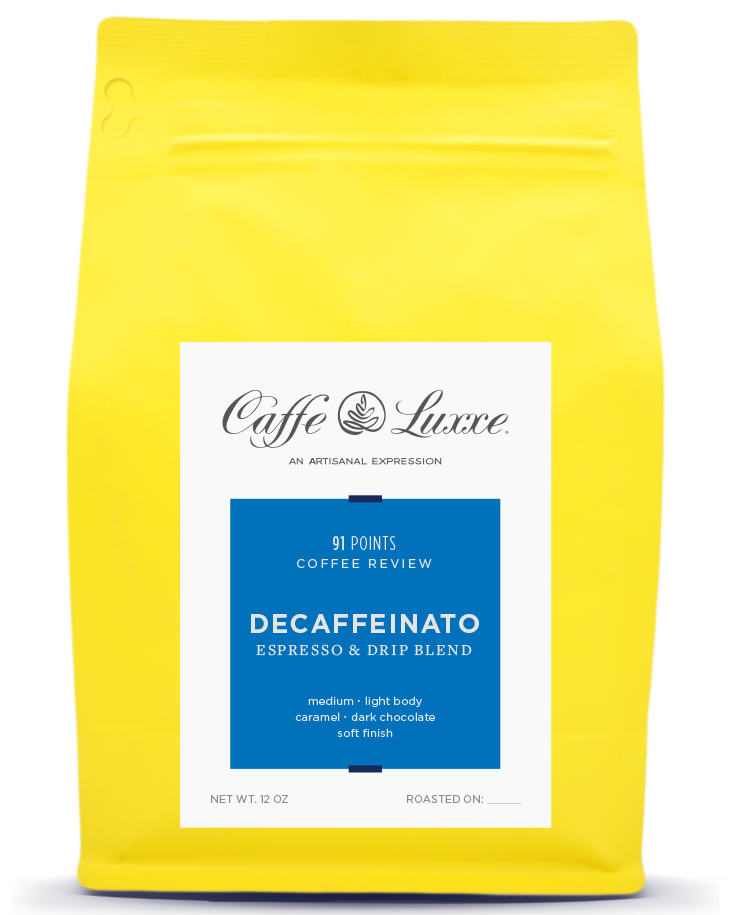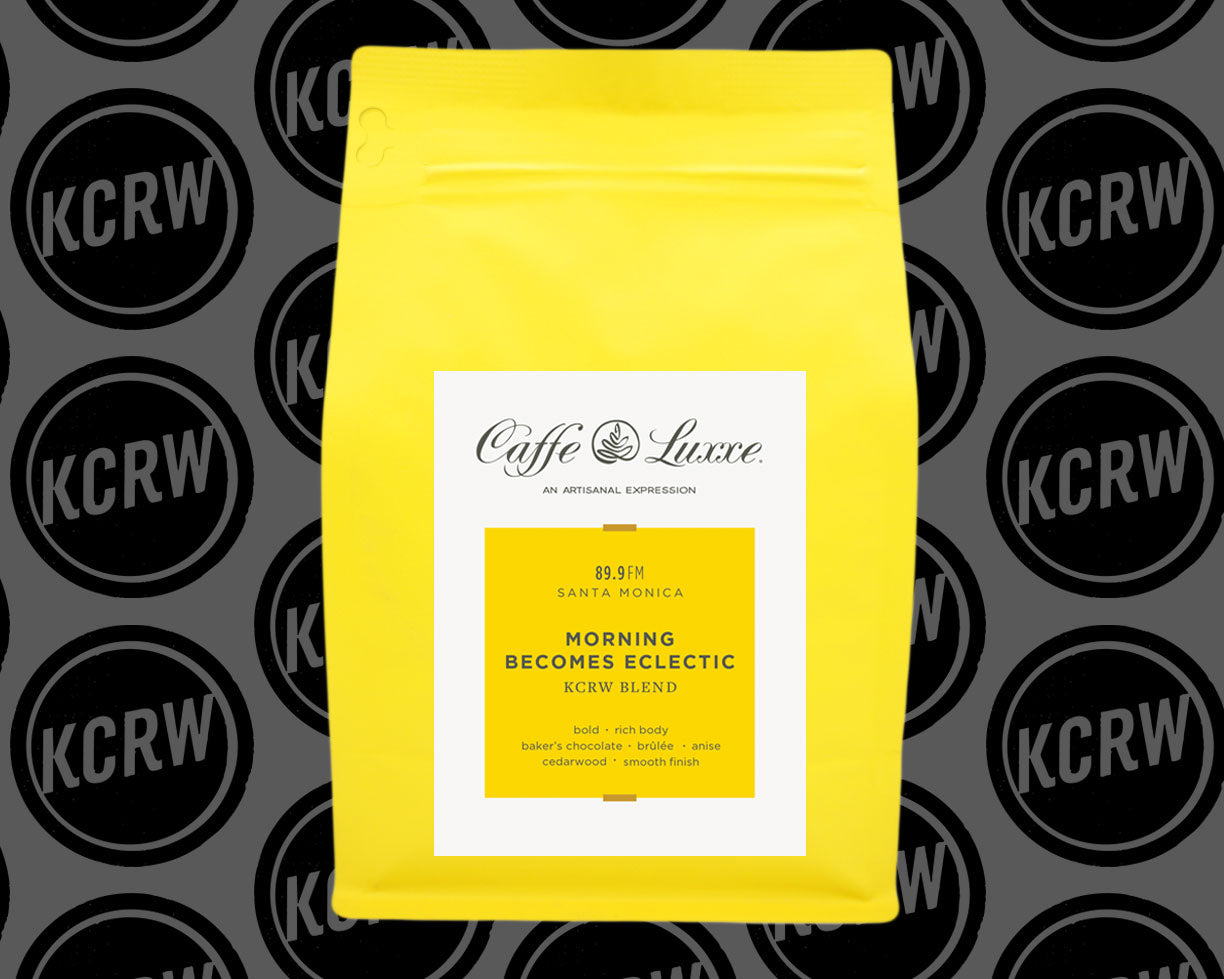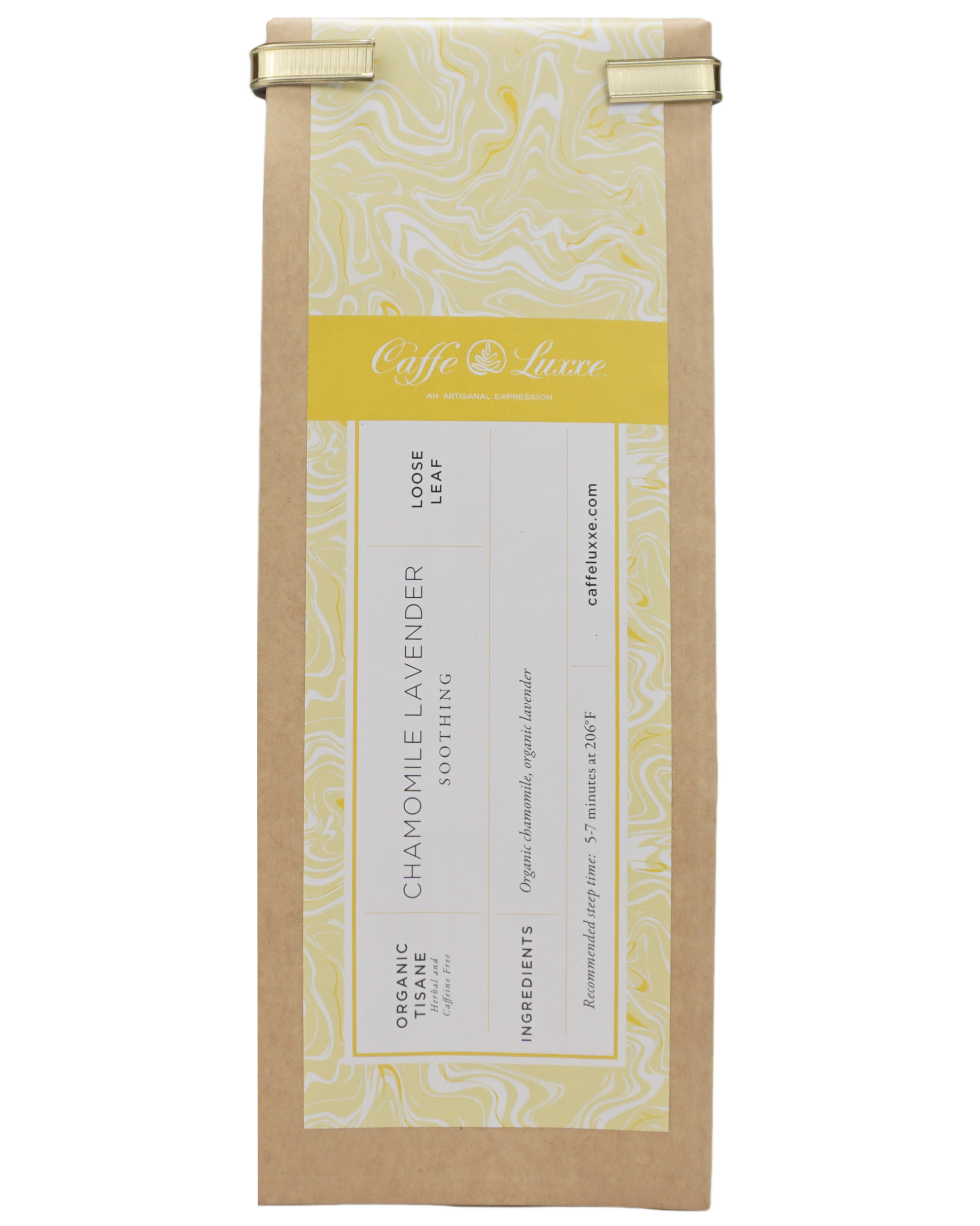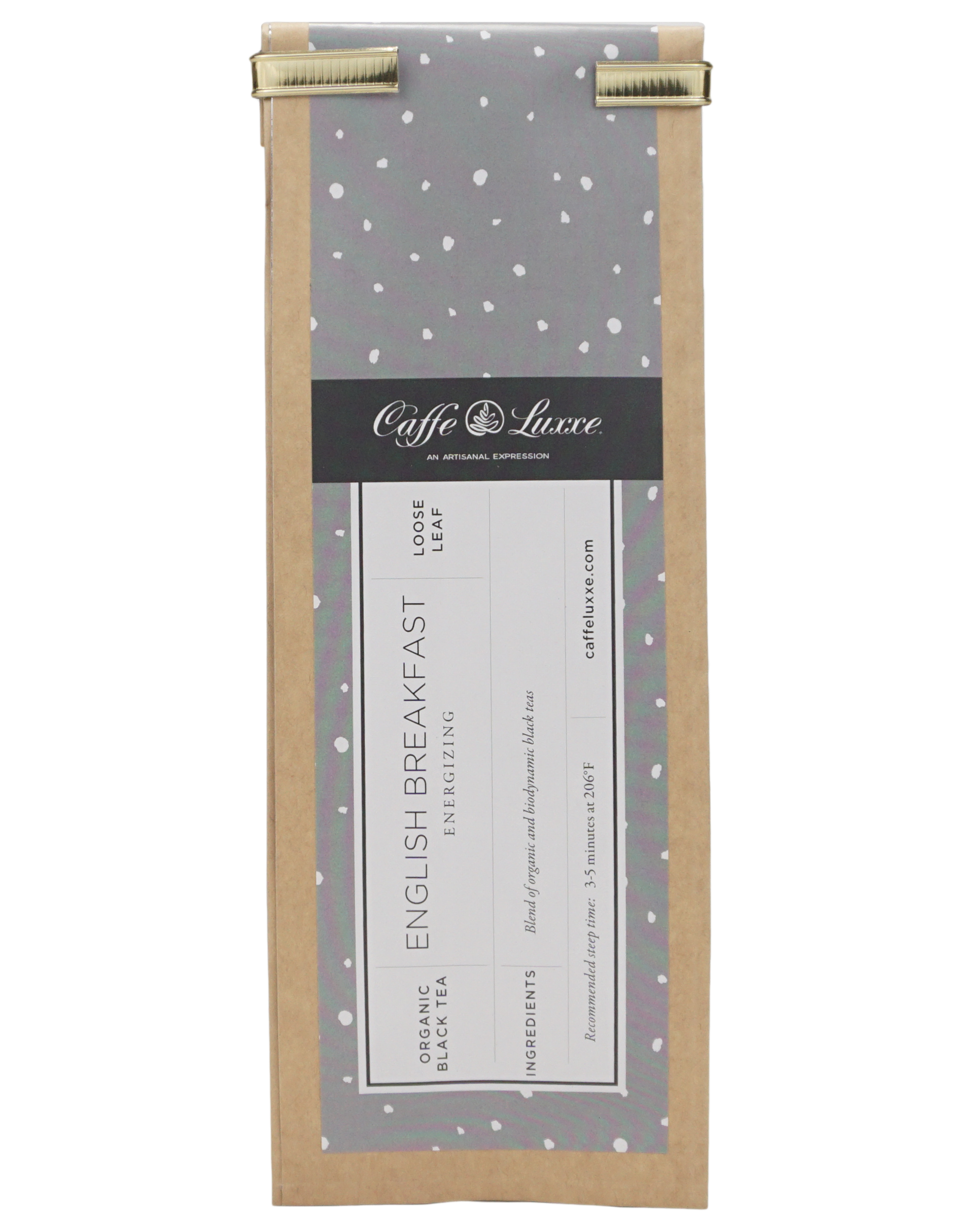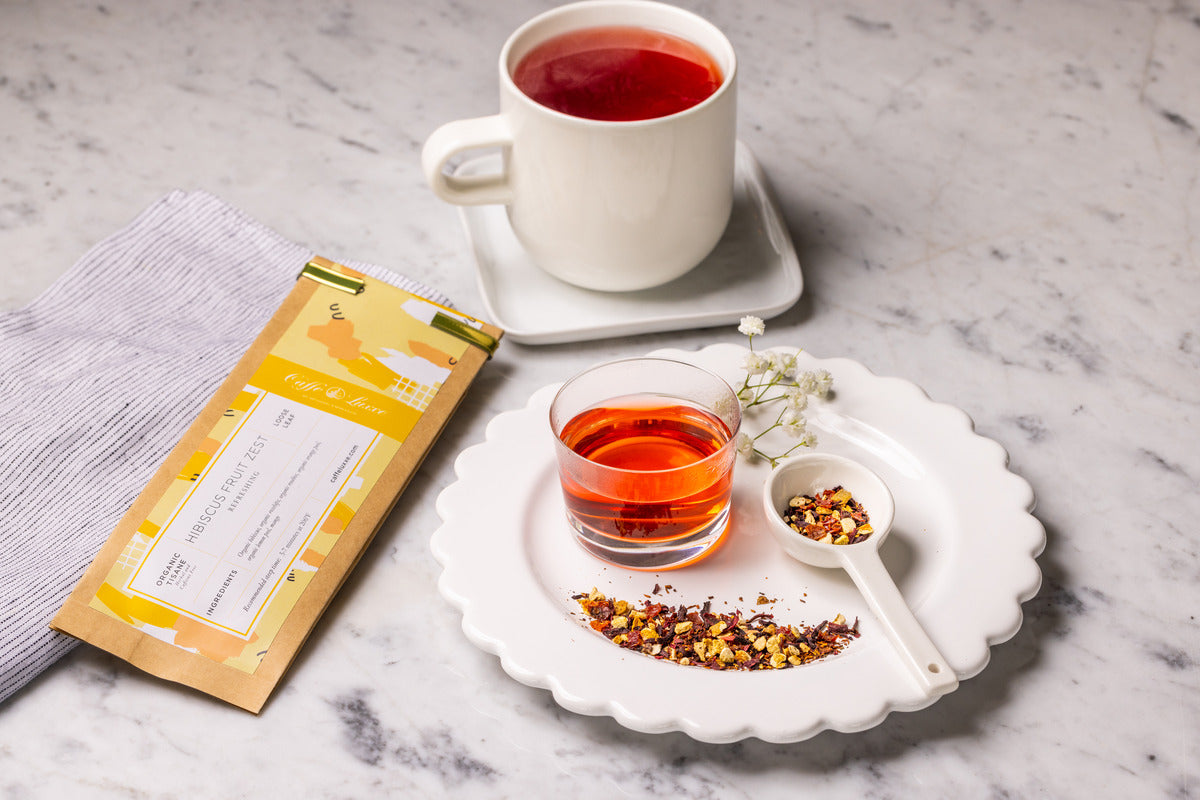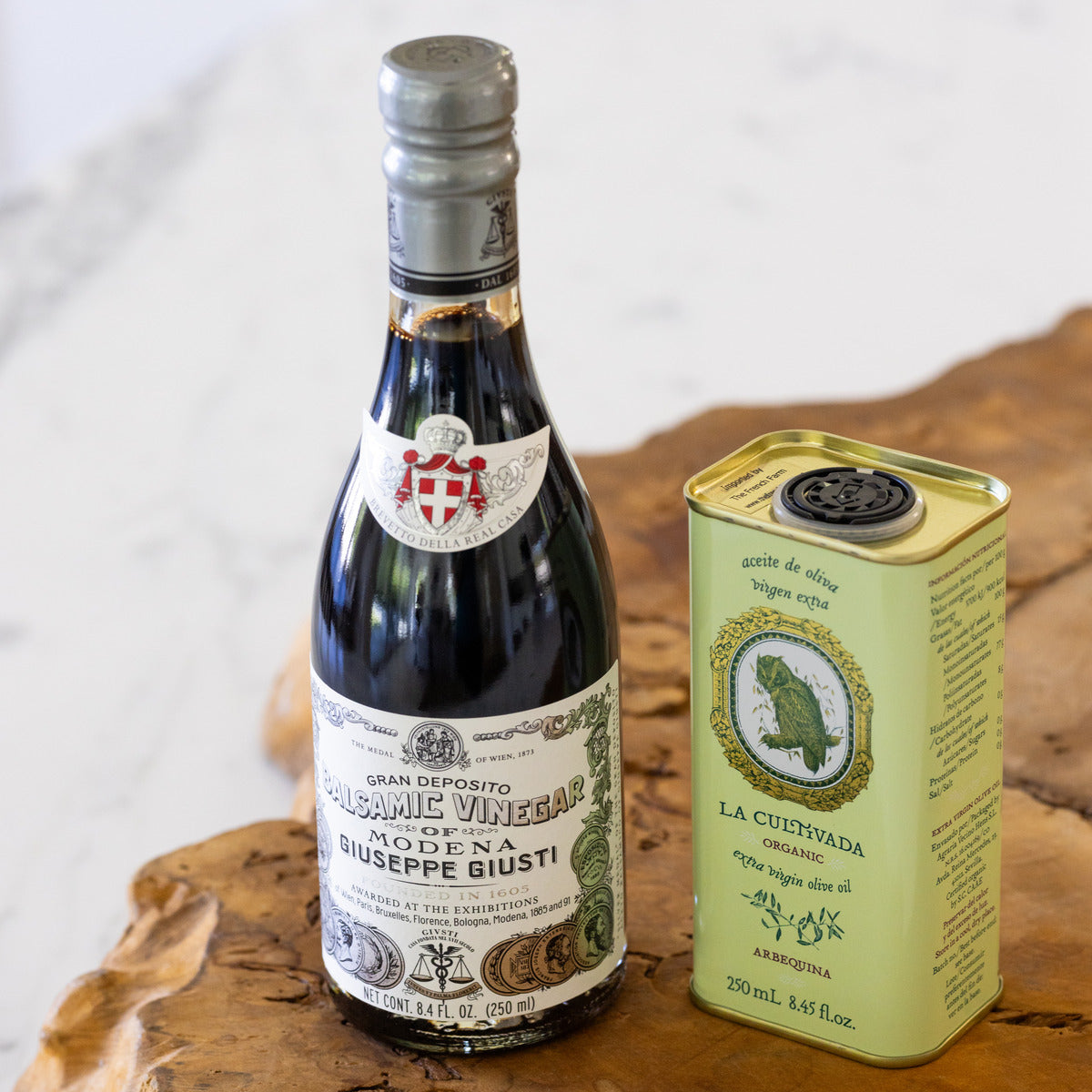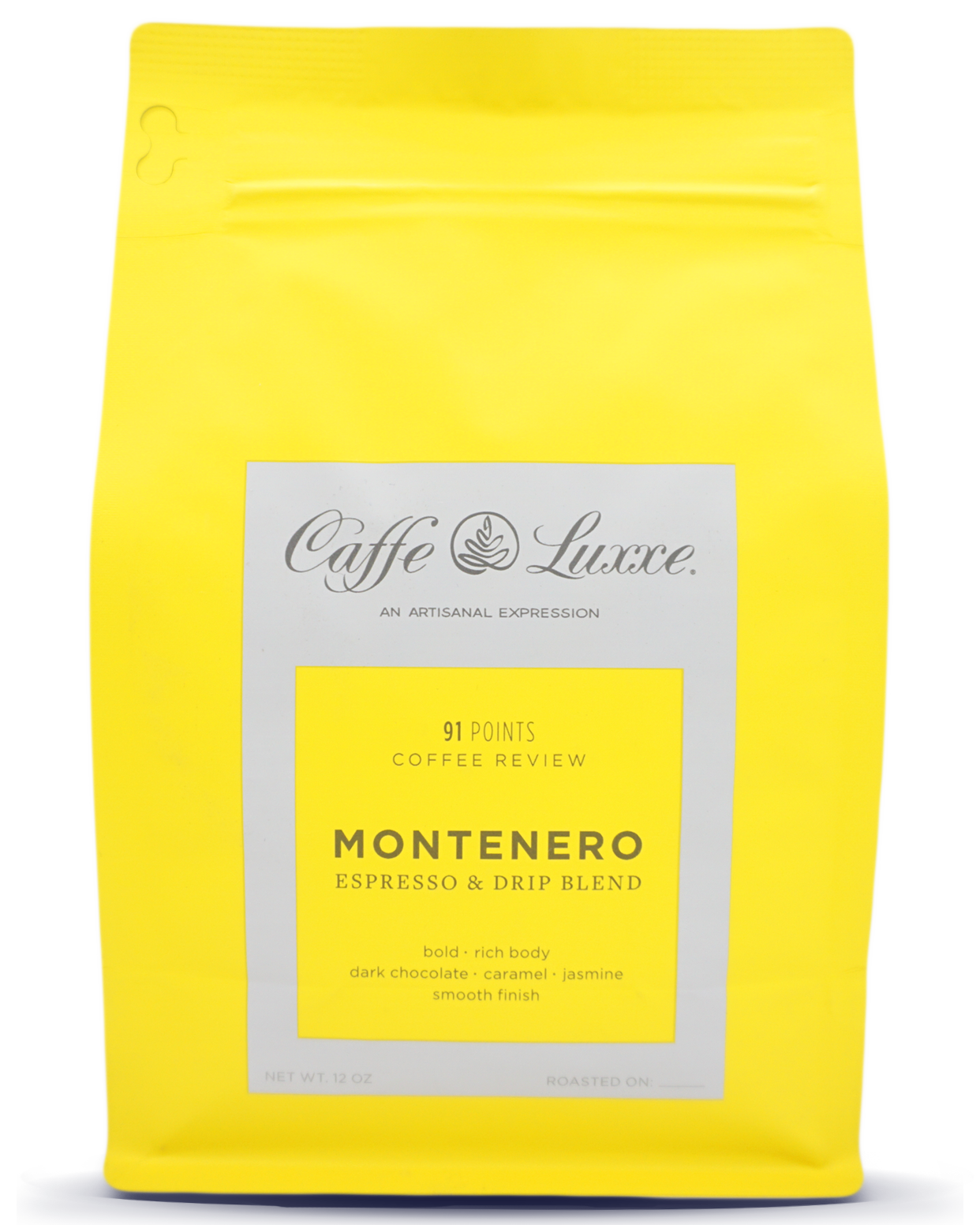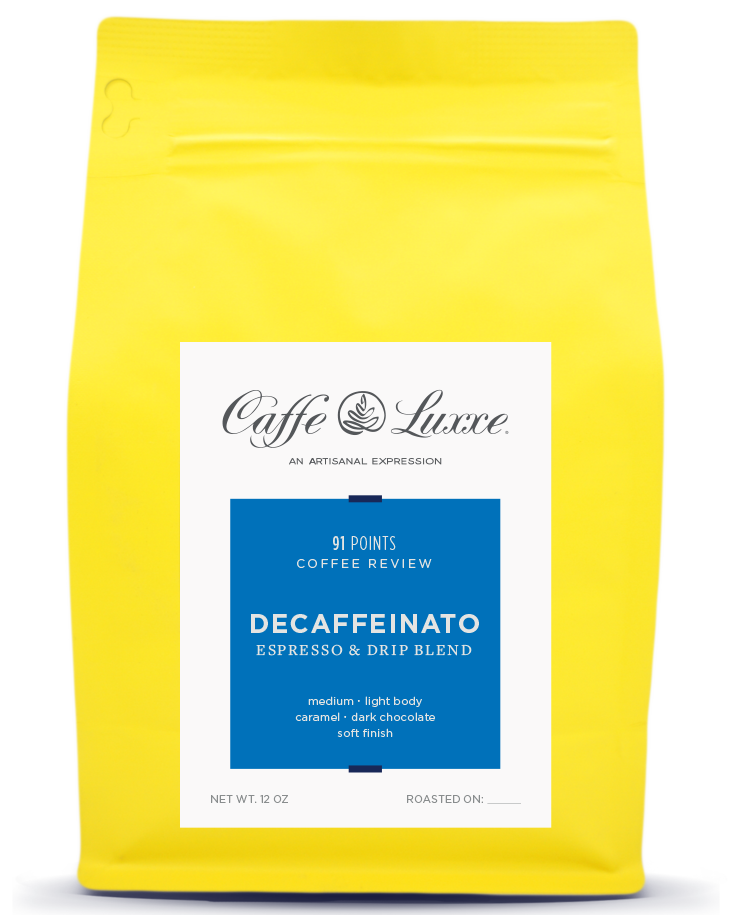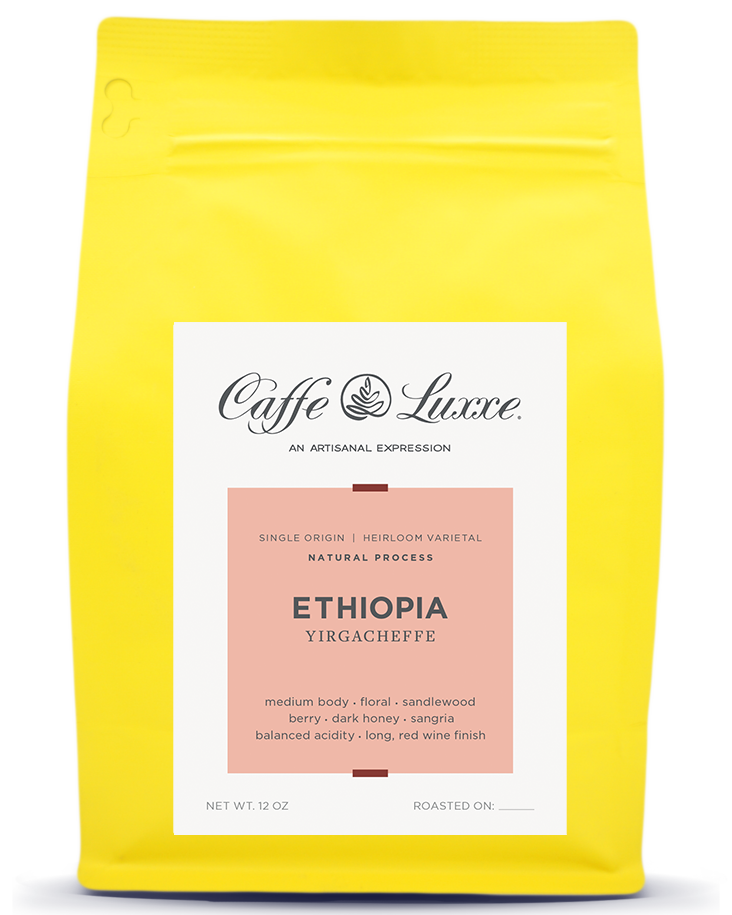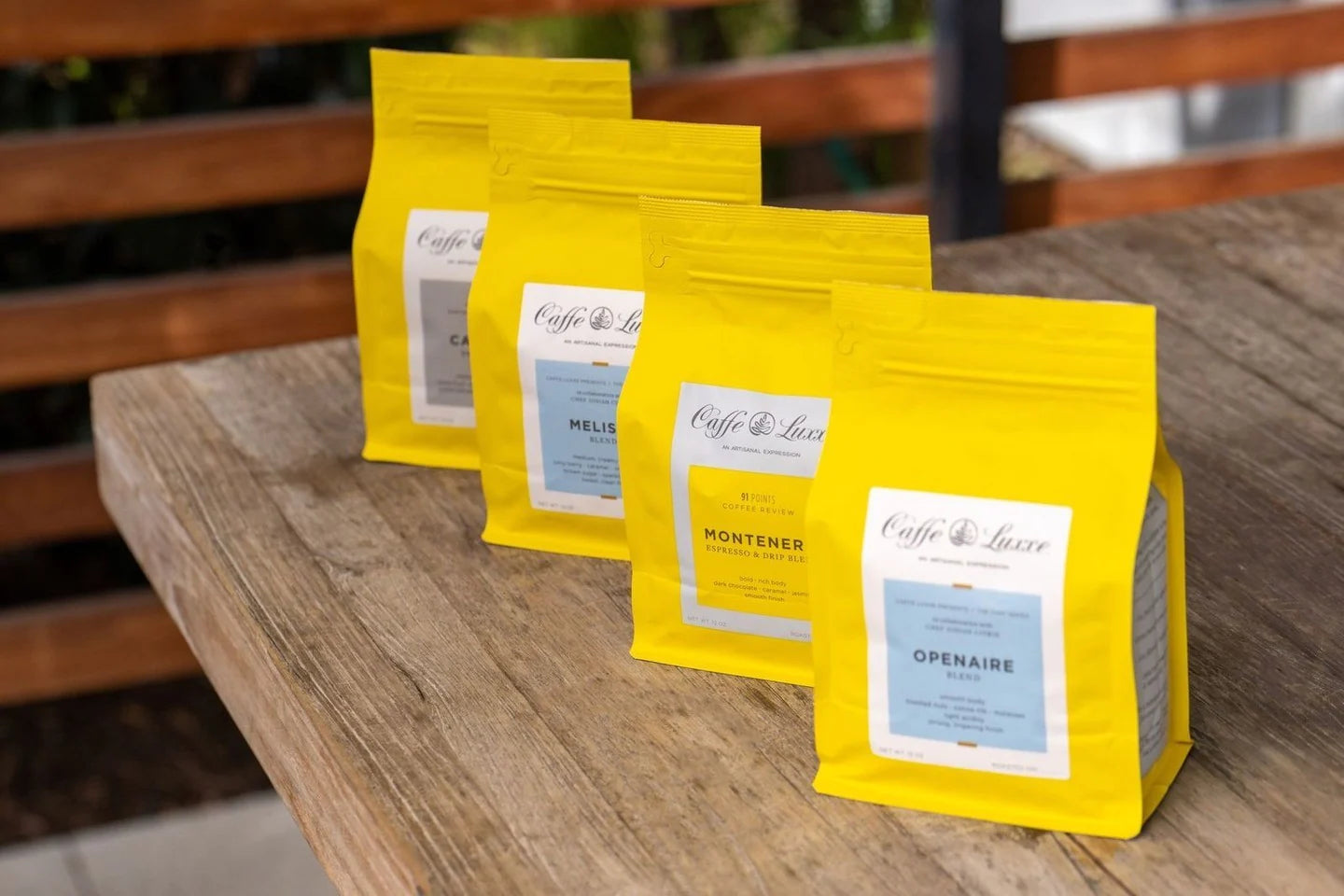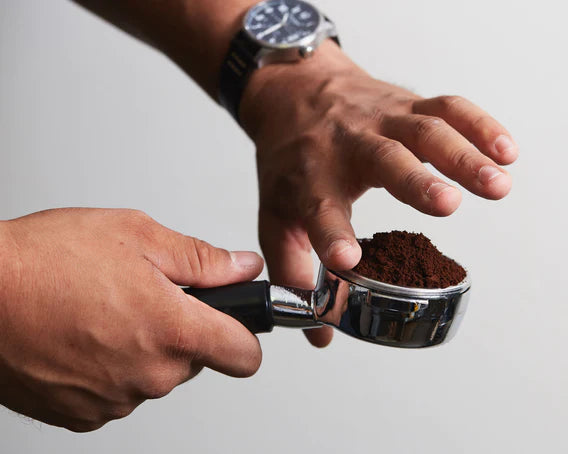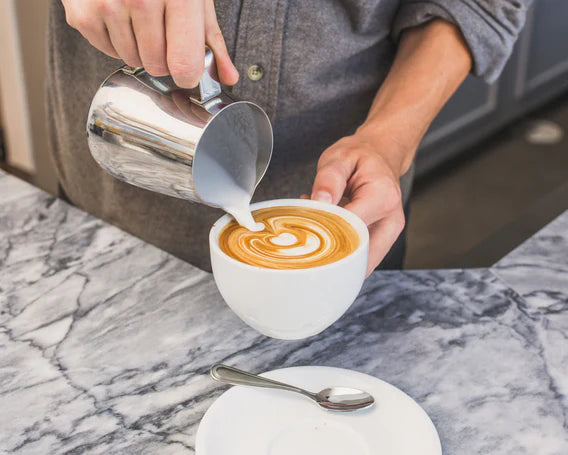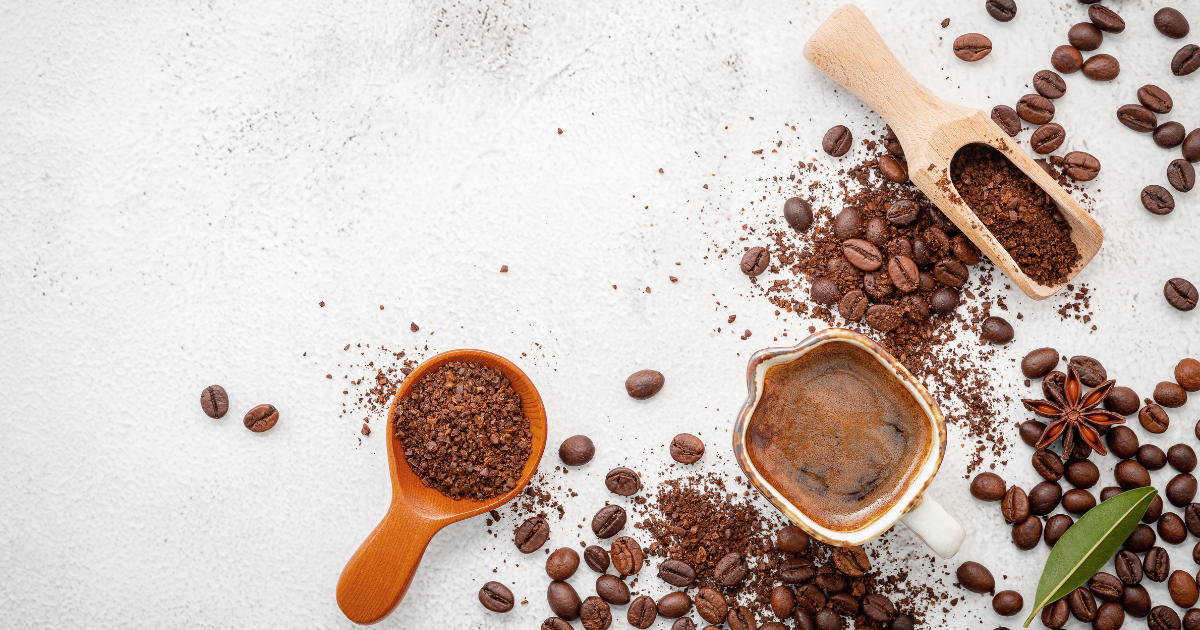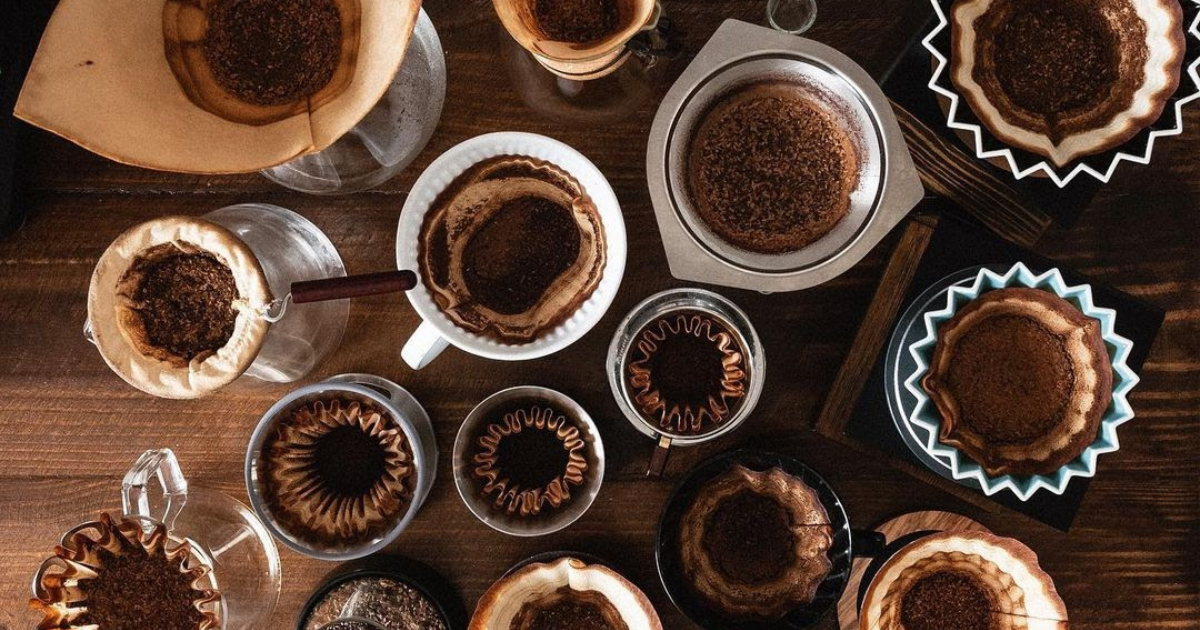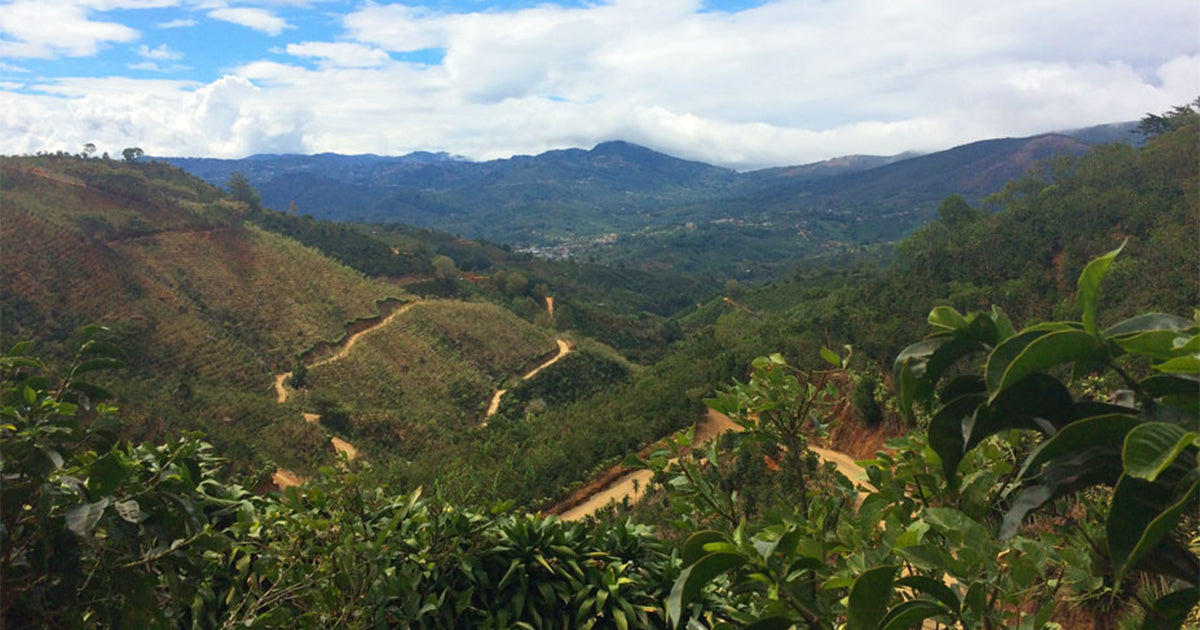
Visiting coffee origins is a crucial step in genuinely understanding the coffees we work with every day, and appreciating the tremendous amount of work that goes into the other side of the supply chain. We seek out opportunities to visit farms whenever we can, to learn more about the producers, and to source the best coffees available. Accompanied by our Master Roaster & Co-Founder, Mark Wain, our Head Roaster recently visited Costa Rica, to visit farms and find some fresh new coffees. After his return, Ryan wrote the following Trip Report, detailing everything he saw and learned during this exciting trip, which we’re happy to share with you now.
+ + +
Dota Valley
The hotel we stayed at was located in San Jose, the capital of Costa Rica. San Jose is a major city, with all the concrete, traffic, and people to show it. To get to Dota, the first coffee-producing region we visited, we left our hotel around 9:30a, and went for a 90-minute drive in which we crossed the Continental Divide. The northeast side of this mountain range, where we started, is in the Caribbean weather zone, and was dark, cloudy, and raining. Conversely, once we crossed over to the southwest, into the Pacific weather zone, the clouds opened up, the sun came out, and we were treated to a beautiful day. This was a prime example of how the mountains are responsible for creating so many different micro-climates in Costa Rica.
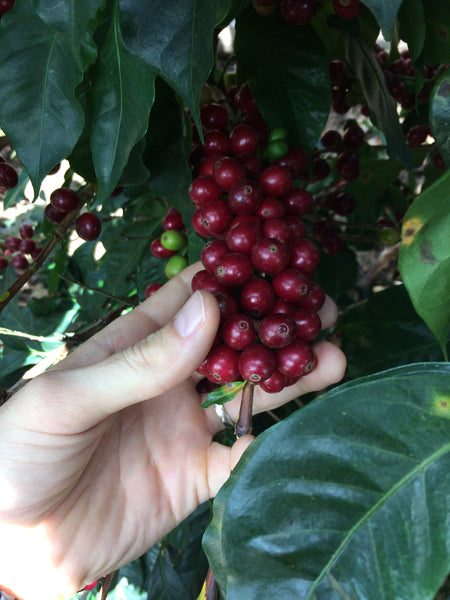
Though Tarrazu is a well-known origin for coffee, there still exists some confusion around the name, and which areas constitute it. The coffee growing region of Tarrazu includes San Ignacio, Frailes, San Pablo, San Marcos, and Santa Maria, with the latter three known collectively as Los Santos. To the locals, Tarrazu is the town of San Marcos, and Dota is the town of Santa Maria & parts of Los Santos (though the Dota Valley is technically much larger). “Dota” defines a far more specific place than “Tarrazu”, and has a greater control over the quality of the coffee they produce.
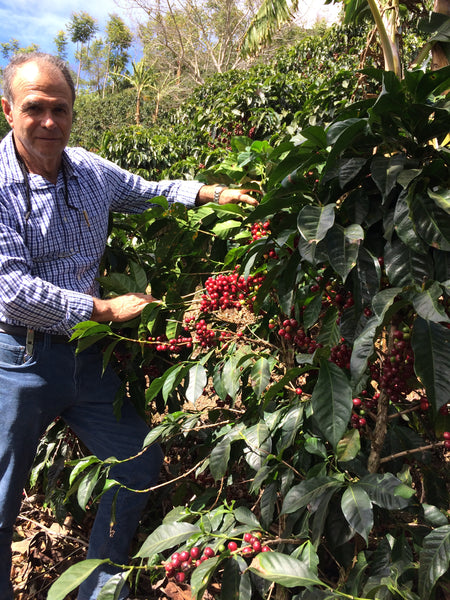
Compared to the busy city of San Jose, Dota is much more of a small town. Quiet, and very friendly, where everyone seemed to know each other, and everybody seemed content. Much more relaxed, and easy going. The people were much more easy going, and no one seemed to be in a rush. The phrase Pura Vida (which directly translates to “pure life”), is commonly heard in Costa Rica. It represents their way of life: easygoing, optimistic, and appreciative of life. The people of Dota seemed to be the perfect embodiment of Pura Vida.
+ + +
Read the Day 2 Entry Here
